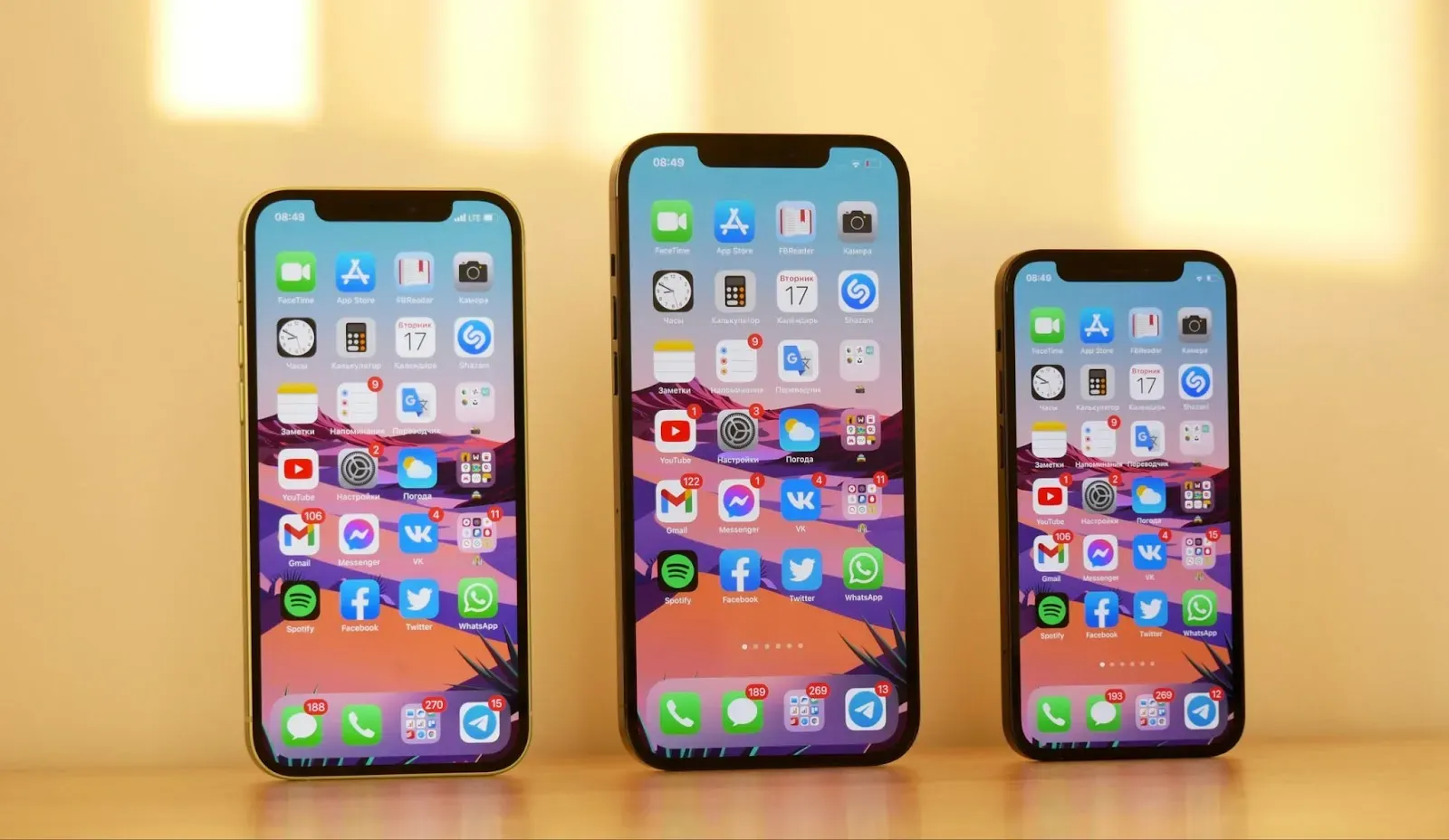
The development and launch of successful apps offer enormous opportunities in today's fast-moving digital environment for both individuals and businesses alike.
From experienced app creators to those entering this competitive field for the first time, strategic planning is vital to reaching success in app creation. This is especially true when considering that there are 52.000 mobile apps released via the Google Play Store alone by February 2024.
In this article, we will dive deep into app creation from conceptualization through to launch by outlining 7 essential steps encompassing its entire journey from conceptualization. By following them precisely you will navigate these complexities confidently while positioning yourself for long-term success in mobile technology's dynamic universe.
Choose the Right Infrastructure for Your App
Developers constructing high-performing applications for mobile, web, and emerging web3 landscapes require robust network infrastructure. Traditional centralized servers may limit scalability while incurring latency issues; alternatively, decentralized edge networks offer an effective alternative.
Distribution of resources and data across geographically dispersed devices at the network edge offers significant advantages, closer to end-users.
These networks also boast significant cost-cutting potential. Edge networks can greatly decrease latency, improving user experiences for real-time mobile features and web application responsiveness. Furthermore, edge networks possess inherent scalability capabilities necessary for web3 apps with expanding user bases.
By adopting decentralized edge networks for application development, developers can ensure their applications remain cost-competitive, and scalable and deliver exceptional user experiences.
For example, if you’re developing an app that relies on distributed architectures or requires low-latency access to data and services, a decentralized edge network will make the process easier and more efficient. The Fleek network is a prime example of a free and open-source platform for edge computing that accelerates the development of decentralized web applications.

1. Outline Your Purpose and Target Audience
Before ping into development, your app must establish a solid base by clearly outlining its purpose and target audience. Ask yourself, who would it really benefit? Articulating this purpose will not only guide the design phase but will ensure your app addresses an authentic market need.
After you've determined the purpose of your app, the next key step should be identifying its target audience. Who are those that would most benefit from its features and functionalities?
Conducting extensive market research with these target demographics to gain valuable insight into their behaviours, preferences, and pain points is necessary to meet them efficiently in terms of tailored apps for increased success in today's competitive app market.
2. Create an Accessible Interface
User experience (UX) is of utmost importance in app development, as an intuitive design will have a tremendous effect on its success. Begin by drawing wireframes or prototypes of your app's layout and flow; pay close attention to navigation, accessibility, and aesthetics as you do this work.
Also, maintain clean designs across screens with consistent navigation features and aesthetics, while also paying attention to conducting usability tests to gather feedback from potential users before iterating accordingly on design changes made during usability testing sessions.
This way all potential issues can be avoided before usability testing occurs and feedback gathered can help further refine design revisions made during the app creation process.
3. Create A Functional Prototype
Once your design is in place, development begins. Select an appropriate technology stack and framework based on project requirements. Whether building for iOS, Android or cross-platform solutions, focus on developing functional prototypes with core features that meet user expectations while seamlessly integrating third-party services as needed before testing to identify bugs or issues and address them accordingly.
4. Establish Robust Security Measures
Security should always be at the core of application development, particularly when handling sensitive user data. Employing rigorous measures to secure information against unwarranted access should include encryption techniques to secure transmission and storage.
Employ multi-factor authentication mechanisms to verify identities securely, while also updating regularly to patch vulnerabilities and stay ahead of potential security threats.
5. Test, Retest and Repeat
Thorough testing of your app is critical to its reliability and performance. Conduct multiple types of testing—functional testing, compatibility testing, performance testing—across devices and operating systems to identify any issues quickly. Additionally, utilize automated tools as necessary and include beta testing teams as resources in addressing any usability or bug issues before the official release.
6. Craft Appealing Marketing Materials
As you near completion, shift your attention towards marketing and promotion. Create engaging promotional materials—such as app screenshots, promotional videos, and app store descriptions— that capture potential users' attention by outlining the app’s unique features and benefits clearly.
Also, leverage social media channels like email marketing or press releases for maximum impact when publicizing its launch date.
7. Launch and Track Performance
Finally, it's time to unleash your app to the world. Create a comprehensive launch plan in order to increase visibility and effectively engage your target audience. Submit it for approval into each respective app store according to their policies.

Track downloads, user engagement rates, and retention rates as a measure of post-launch success while collecting user feedback to identify any areas for enhancement - then iterate accordingly.
The Final Say
App development requires careful planning, execution, and continual refinement. By adhering to these 7 steps, you increase the odds of creating an app that resonates with target users while meeting business goals. With dedication, creativity and perseverance your app idea could become a reality and have a lasting impact on the digital landscape.